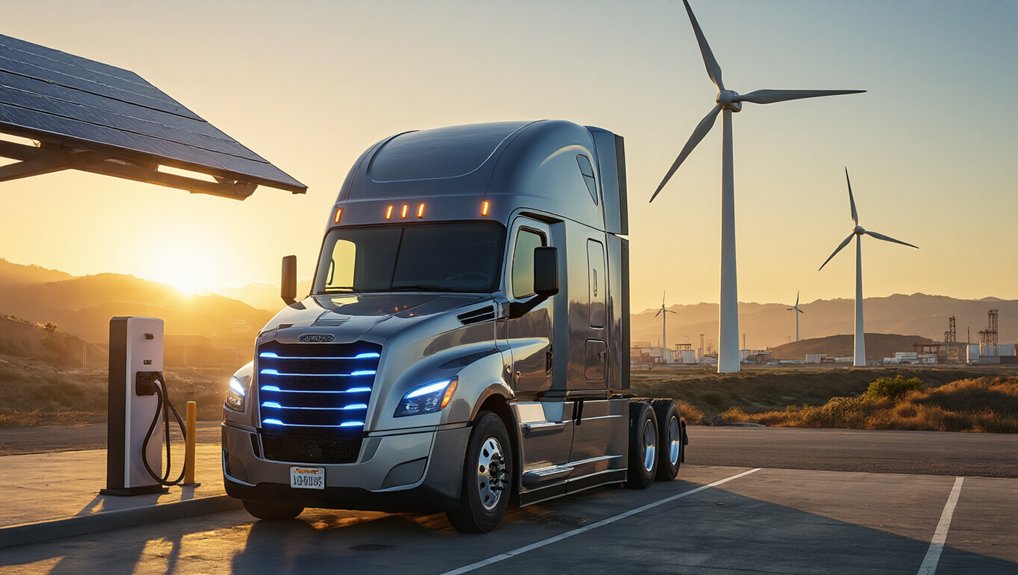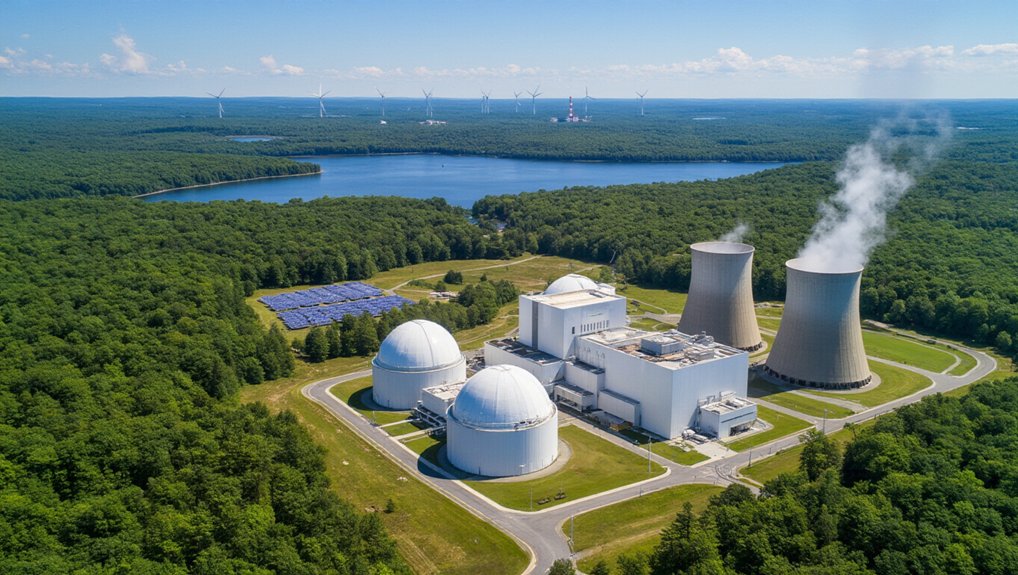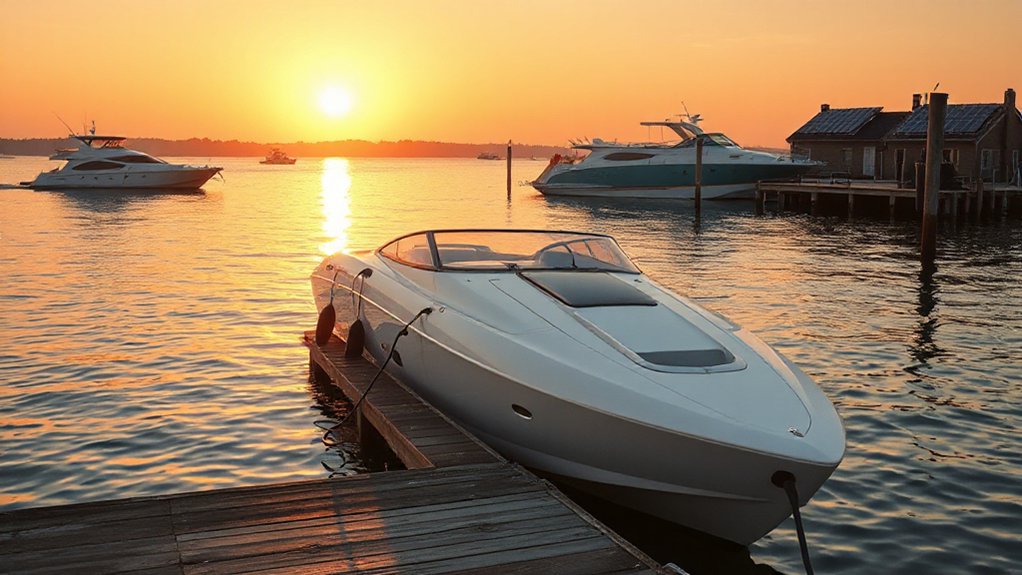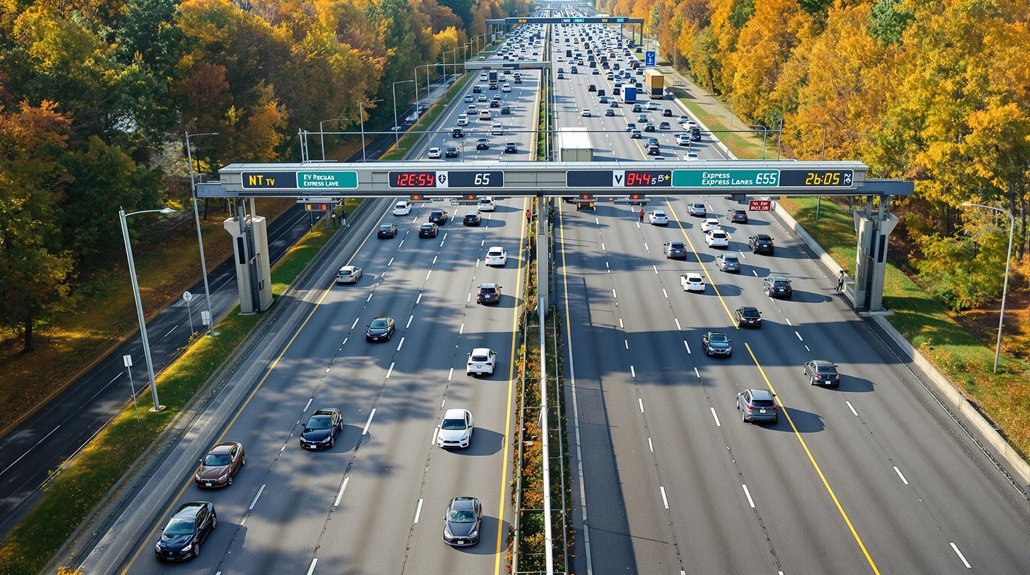While the rest of America debates the electric vehicle shift, California is already forcing a transformation in the trucking industry. The Advanced Clean Trucks Rule isn’t asking nicely—it’s demanding manufacturers ramp up zero-emission truck sales starting in 2024. By 2035, over half of medium-duty trucks and three-quarters of heavy straight trucks must be electric. Period.
The rules are especially strict for drayage trucks. Starting January 2024, only zero-emission models can even register in the state’s TRUCRS system. Want to haul cargo from California ports? Better plug in. The state isn’t messing around with its air quality goals.
Manufacturers are scrambling to comply. They’ll face penalties if they don’t hit their targets. But let’s be real—not everyone’s thrilled about this electric transformation. Trucking groups are pushing back hard, especially long-haul operators who can’t exactly find a charging station in the middle of nowhere. Many in the industry, including the American Trucking Associations, have labeled the federal intervention against these mandates as a monumental victory.
Several other states have followed California’s lead, creating a regional block of zero-emission truck zones. This isn’t just about California anymore. It’s spreading.
The feds, however, have other ideas. Recent actions have revoked EPA waivers that previously allowed California to set its own stricter standards. Congressional Review Act resolutions signed in 2025 further undermined the state’s authority. Talk about mixed signals.
Despite the resistance, California keeps pushing forward. The goal is clear: reduce nitrogen oxides, particulate matter, and greenhouse gases. Those diesel trucks? They need 2010-or-newer engines to operate legally in the state. CARB continues to pioneer effective climate programs that other states eventually adopt as their own standards.
And even then, California views them as a stepping stone to full electrification. The transformation has begun, even with exemptions for vehicles that don’t yet have electric options. This push aligns with broader national trends, where renewable energy sources have recently surpassed fossil fuels in U.S. electricity generation for the first time in history.
California’s betting the industry will adapt—and fast. With air quality goals on the line, especially around ports and logistics hubs, the state isn’t planning to hit the brakes on truck electrification anytime soon.
References
- https://www.peachstatetrucks.com/blog/news/carb-emission-regulations
- https://ww2.arb.ca.gov/new-california-requirements-road-and-road-heavy-duty-vehicles
- https://www.trucking.org/news-insights/trucking-industry-cheers-congress-abolishment-californias-ev-mandates
- https://ww2.arb.ca.gov/resources/fact-sheets/advanced-clean-fleets-regulation-exemptions-and-extensions-overview
- https://www.overdriveonline.com/regulations/article/15748373/trump-ends-californias-electric-truck-sales-mandate









